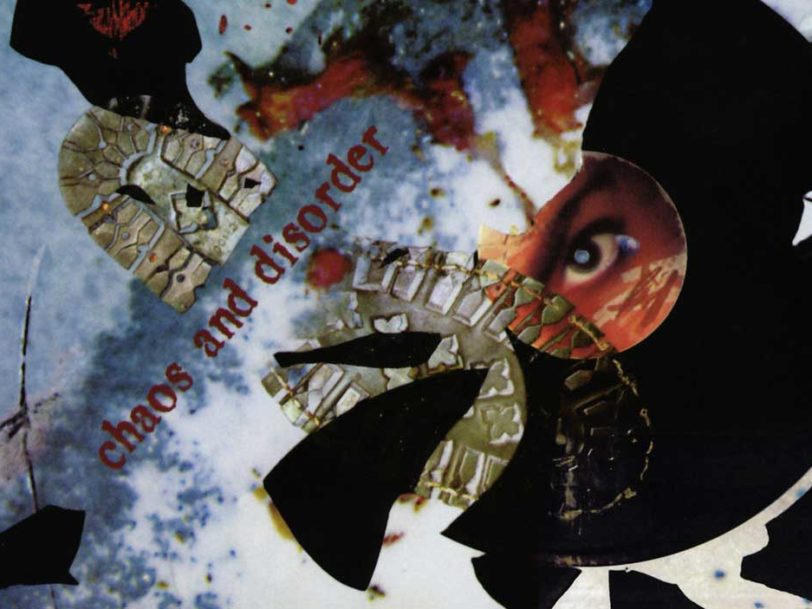For Prince, the term “chaos and disorder” could just as easily have described the period leading up to the release of his 18th album as it did lend that album its title. Coming after a protracted and increasingly bitter dispute with his record label, Warner Bros, Chaos And Disorder was, as Prince made clear in a note on the rear sleeve, a collection of songs “originally intended 4 private use only”, and “the last original material” that he had recorded for the label.
Listen to ‘Chaos And Disorder’ here.
“If I can’t do what I want to do, what am I?”
For the almost two decades that led up to the album’s release, Prince and Warner Bros’ partnership had led to some of the greatest successes in the history of music: Prince established his genius on works such as 1999, Purple Rain, Parade and Sign O’ The Times, and Warner Bros furthered its reputation as an artist-first label willing to encourage creativity in its most talented stars. As Prince’s work rate outstripped the label’s ability to promote his records, however, a public fight ensued in which Prince felt he’d become subservient to an industry that not only couldn’t keep up with him – it tried to tell him what to do.
For reasons he would later describe as both business and spiritual, one of Prince’s first strikes had been to change his name to an unpronounceable glyph, dubbed “Love Symbol”, which merged the male and female astrological signs, and also served notice to Warner Bros that he was done with everything “Prince” stood for. After adopting the new name in 1993, he told Warner Bros they would, from then on, only get old music from The Vault – “Prince” material, as opposed to anything recorded by his new self. When the label disagreed, he began appearing in public with the word “slave” written on his face in eyeliner. “People say I’m a crazy fool,” he told Rolling Stone, “but if I can’t do what I want to do, what am I?”
“Look what he’s done for artists by making that stand”
If the media felt Prince’s behaviour had become erratic, Warner Bros’ top decision-makers sensed a flawed logic. Speaking to this writer for the book Lives Of The Musicians: Prince, former label exec Jeff Gold reflected, “I can’t believe he actually thought he could get out of his deal because we had ‘Prince’ signed.”
Some of Prince’s closest associates, however, understood where he was coming from. Among them was Marylou Badeaux, the Vice President Of Special Projects in what was then Warners’ Black music division. One of Prince’s longest-standing allies at the label, she told this writer, “He’s trying to say: ‘You can’t own me. You can’t own my music. And as long as you tell me that that’s what it is, then I am your slave.’… Look what he’s done for artists in general by making that stand.”
What Prince later called “the worst period of my life. I was being made physically ill by what was going on,” finally came to an end on 26 April 1996, when he and Warner Bros officially parted ways. “At some point it was like, ‘Alright, fine,’” Jeff Gold recalled. “We’ve got his great records in the catalogue. This is becoming too expensive – riderless horse.” Less than three months later, the label issued Chaos And Disorder as the first of two albums Prince agreed to submit as part of the deal to terminate his contract.




